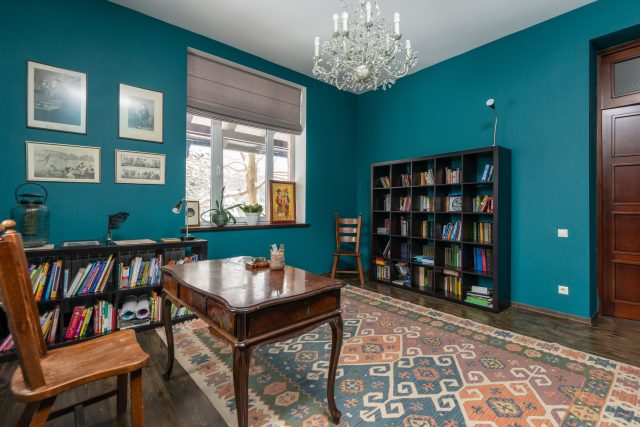
In the dynamic world of college education, where assignments pile up and the balance between studying and personal life seems ever-elusive, students are constantly seeking ways to improve their productivity and comfort. The impact of a thoughtfully arranged study area is profound, directly influencing one’s ability to learn efficiently, maintain focus, and excel academically. Creating an ergonomic study area tailored to individual needs doesn’t just add a personal touch to one’s study environment but also paves the way for success in college.
In the whirlwind of academic life, the value of setting up an ergonomic study environment often goes unrecognized. However, investing time in crafting such a space can lead to substantial benefits, including reduced fatigue and increased focus. For those moments when the workload becomes overwhelming, and you find yourself thinking, “I need to use DoMyEssay to do my paper to catch a break,” having an optimized study area can provide the necessary support to tackle assignments more efficiently.
Essential Components of an Ergonomic Study Space
Choosing the Right Furniture
The cornerstone of any ergonomic setup is the furniture. Selecting a desk and chair designed to meet your physical requirements is critical. An optimal desk height facilitates a comfortable armrest position at a 90-degree angle, ensuring the monitor is aligned with your sightline to minimize neck discomfort. An ergonomic chair offering solid lower back support and adjustable height guarantees your feet stay firmly planted on the ground, fostering proper posture.
Lighting and Ambiance
Good lighting is crucial to reduce eye strain, especially during long study sessions. While natural illumination is preferred, in its absence, a mix of general room lighting and a dedicated task light can effectively replicate the benefits of daylight. Furthermore, personalizing your study space with plants or motivational posters can boost your mood and motivation.
Organizing Your Space
A clutter-free desk is essential for an uncluttered mind. Use organizers, shelves, or drawers to keep your study materials and technology within reach but not in the way. Cable management solutions can also help in keeping the space tidy and functional, making it easier to focus on your homework and learning.
DIY Tips for an Effective Study Area
Adjustable Shelving
Consider installing adjustable shelving above your desk. This DIY project not only saves space but also allows you to keep textbooks, supplies, and other essentials within easy reach. Being able to adjust the shelves means you can adapt the space as your needs change throughout your college career.
Personalized Comfort
Adding a DIY footrest under your desk or crafting a laptop stand from books are simple ways to enhance comfort and posture without spending much. These personal touches can make prolonged periods of studying more bearable and keep discomfort at bay.
The Power of Color
The influence of color on your emotional state and work efficiency is significant and should not be overlooked. Choose colors that inspire calmness and focus for your study space. Painting a wall or adding accessories in these colors can be a fun and creative weekend project with long-term benefits for your studying and learning process.
Balancing Academics and Well-Being
The importance of breaks and physical activity cannot be overlooked in the quest for academic excellence. Integrating elements into your study space that remind you to take short breaks for stretching or mindfulness exercises can greatly enhance your overall well-being and academic performance. Whether it’s a simple timer to remind you to stand up or a small yoga mat tucked away for quick stretches, these additions are essential for a holistic approach to studying.
In the journey through college, where each subject, from literature to science, presents its unique challenges, having a go-to place for focus and efficiency becomes invaluable. For times when the complexity of assignments feels overwhelming, remember that resources like chemistry homework help websites are available to support your academic endeavors, offering guidance and assistance when you need it most.
Conclusion
Crafting an ergonomic study space is not just about achieving immediate academic goals. It’s about setting the foundation for healthier study habits and ensuring that your learning journey is as comfortable as it is fruitful. With these tips and some creativity, you can transform any corner of your living space into an ergonomic study haven that not only reflects your personal style but also supports your academic journey every step of the way.













